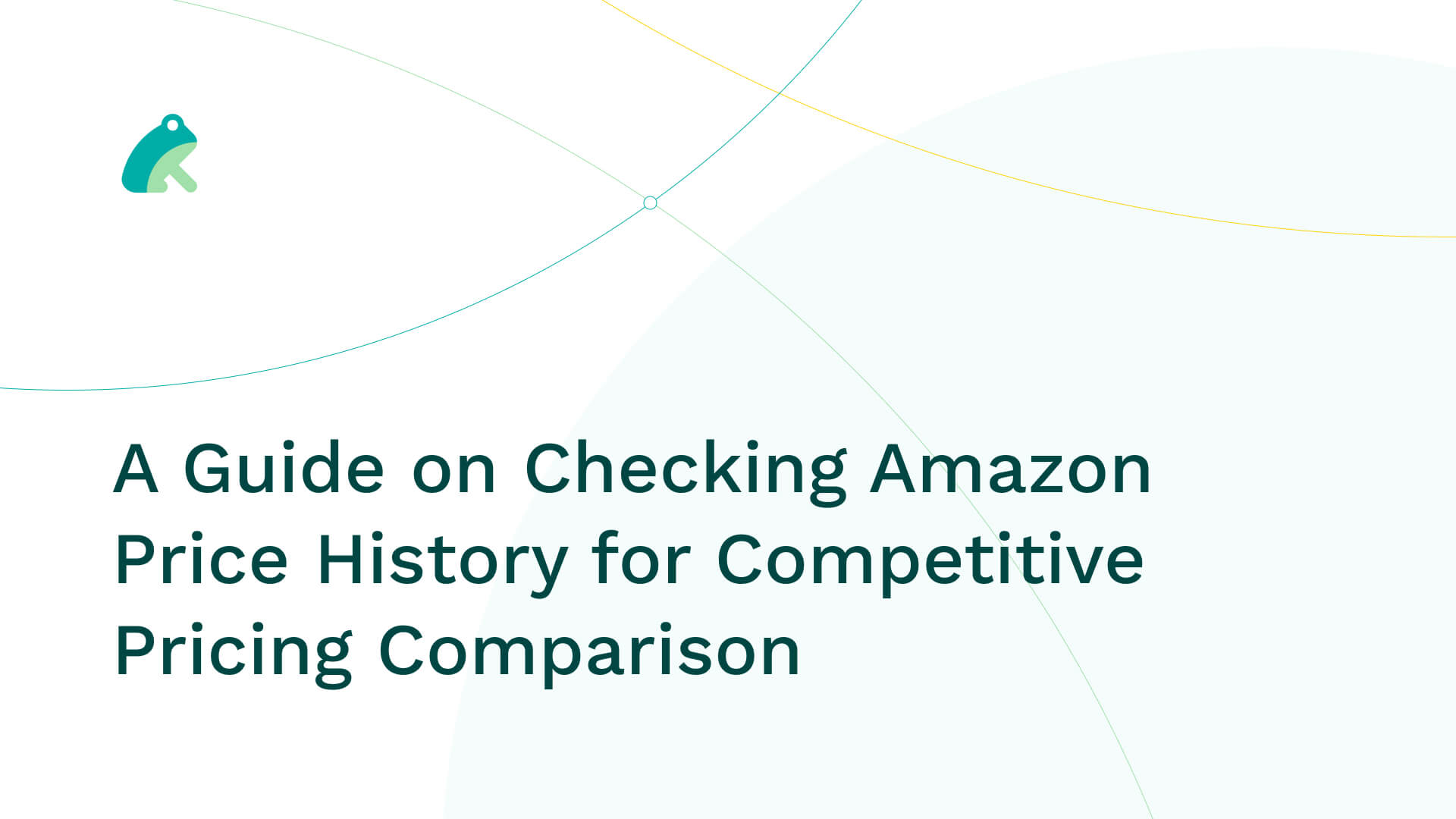A Guide on Checking Amazon Price History for Competitive Pricing Comparison
August 30, 2025
In the ever-evolving landscape of e-commerce, maintaining competitive pricing is crucial for success. For sellers on Amazon, understanding the historical pricing trends of products can be a game-changer. Fortunately, Amazon provides valuable tools and third-party services that allow sellers to check the price history of products, helping them make informed decisions to stay competitive and maximize profits.

Why Check Amazon Price History?
Checking Amazon price history provides sellers with a wealth of insights. It allows them to:
- Stay Competitive: By understanding how competitors price their products over time, sellers can adjust their pricing strategies to stay competitive in the market.
- Identify Trends: Recognizing price trends helps sellers anticipate market fluctuations, seasonal changes, and potential opportunities to maximize sales.
- Optimize Pricing Strategy: Analyzing historical data empowers sellers to optimize their pricing strategy for better profit margins without compromising competitiveness.
How to Check Amazon Price History:
-
Amazon Price Tracker Tools:
Utilize third-party tools designed for tracking Amazon price history. Popular tools like CamelCamelCamel, Keepa, and Honey provide comprehensive data on historical prices, allowing sellers to visualize price trends and fluctuations over time.
-
CamelCamelCamel:
- Visit the CamelCamelCamel website.
- Search for the desired product using the ASIN or product name.
- Access a detailed price history chart, displaying both current and historical prices.
- Set price drop alerts to receive notifications when a product's price falls within a specified range.
-
Keepa:
- Install the Keepa browser extension or access the Keepa website.
- Search for the product on Amazon.
- View the price history graph directly on the Amazon product page.
- Customize the date range and adjust the settings to focus on specific time periods.
Interpreting Price History Data:
- Price Fluctuations: Identify patterns of price fluctuations over different time frames. Consider the impact of external factors such as holidays, promotions, or product launches.
- Competitor Analysis: Compare your product's price history with that of competitors. Analyze how your pricing strategy aligns with or diverges from the market trends.
- Seasonal Trends: Recognize seasonal variations in pricing. Adjust your strategy based on historical data to capitalize on peak seasons and navigate slower periods.
Implementing Insights:
- Competitive Pricing Adjustments: Modify your pricing strategy based on the competitive landscape. If a competitor lowers their price temporarily, evaluate whether matching or adjusting your pricing is necessary to remain competitive.
- Promotional Strategies: Leverage historical pricing data to plan promotional strategies. Offer discounts or promotions during periods when historical data indicates increased customer demand.
- Inventory Planning: Anticipate changes in demand by analyzing historical price trends. Adjust inventory levels accordingly to prevent stockouts during peak seasons.
Checking Amazon price history is a powerful tool for sellers aiming to achieve and maintain a competitive edge in the marketplace. By understanding historical pricing trends and making data-driven decisions, sellers can optimize their strategies, adapt to market dynamics, and ultimately enhance their overall success on the Amazon platform. Regularly monitoring price history is not just a practice; it's a key component of a dynamic and thriving e-commerce business.